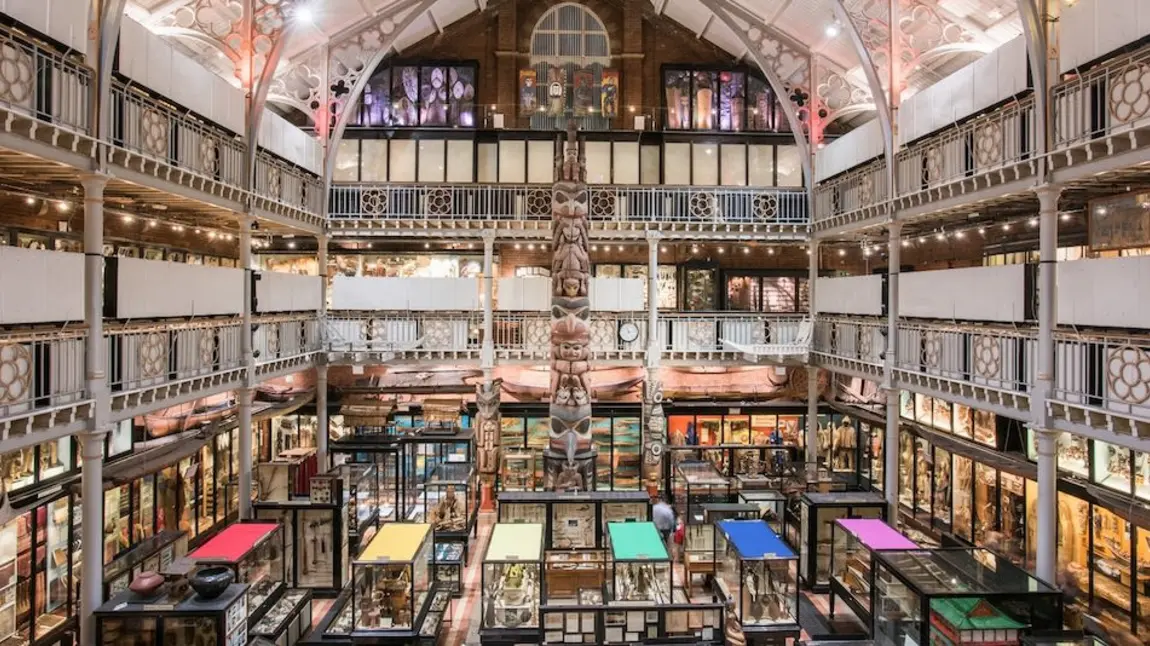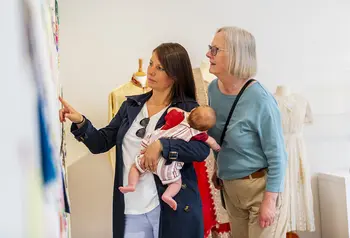Final weeks to apply for Dynamic Collections grants

Over the last few weeks, I’ve seen some amazing examples of museums using their collections for public benefit.
Each of these museums exemplified how vital our museum and heritage collections are in inspiring audiences and engaging people with new ideas and knowledge.
In Manchester, I saw how both the People’s History Museum and the new Manchester Museum have co-curated exhibitions that bring communities right to the heart of the museum. At the Burrell collection in Glasgow I saw the thrilling redisplay and reinterpretation of an extraordinary collection, using the latest technology to help audiences engage with individual objects and their stories. And at the Horniman Museum I was privileged to witness the return of the museum’s Benin collections to their Nigerian owners.
Each of these museums exemplified how vital our museum and heritage collections are in inspiring audiences and engaging people with new ideas and knowledge.
Looking back at a year of brilliant projects
In my work with museums and other heritage organisations, I’ve seen how museums are increasingly taking innovative and imaginative approaches to their collections – and it's this practice that we've sought to support and encourage at the Heritage Fund.
In February 2022 we launched our year-long Dynamic Collections campaign. Its goals were to:
- support heritage organisations to make collections more relevant to a wider range of people
- involve the public in the development, management and interpretation of collections
- help heritage organisations to act sustainably when developing their collections
Over the course of the past year, we've funded a huge range of brilliant collections-based projects. A couple of my favourites are:
- MonLife’s Opening the Box project in Wales, which will document and catalogue Monmouthshire’s social history collection by engaging with local communities. It will enable the creation of a touring exhibition and improve the organisation’s resilience in advance of a possible redevelopment.
- The University of the Arts London’s Making Mischief project, which will explore, document and celebrate folk dress heritage. It includes two major exhibitions in the West Midlands and the new East Bank cultural quarter in Stratford, Newham.
So what’s next for our support for collections?
We know that many of you are planning Dynamic Collections applications at the moment and we’re pleased to be able to extend the deadline for this time-limited campaign to Monday 24 April 2023.
This deadline does not represent the end of our support for museums, libraries and archives, or even collections more specifically. Our new strategy, Heritage 2033, will offer many opportunities for heritage organisations to put their collections to good use.
Our new strategy, Heritage 2033, will offer many opportunities for heritage organisations to put their collections to good use.
We know that the sector still has a range of collections issues that need further attention – including acquisition, management, disposal, sustainability, engagement and reinterpretation. In all these areas we'll be looking to work with the sector further as we put our new strategy into practice, and we’ll be announcing more detail on this work later in the year.
And don’t forget, you can submit a museum, library or archive project application through our open programmes at any time.
If you’re planning a Dynamic Collections project application:
- Make your application by Monday 24 April 2023 and include ‘#DYC’ in the project title of the application. Be aware that our applications portal will be closed for upgrade work from 5pm on 29 March 2023 until 6 April 2023.
- Read more about the Dynamic Collections campaign and what we are looking for in a good collections project.
- Get in touch with your local area engagement team if you have any questions regarding a planned project and your application timeline.
Meet me
I will be talking about Heritage 2033, the Heritage Fund’s new 10-year strategy at the Museums + Heritage Show on 10 May 2023.





